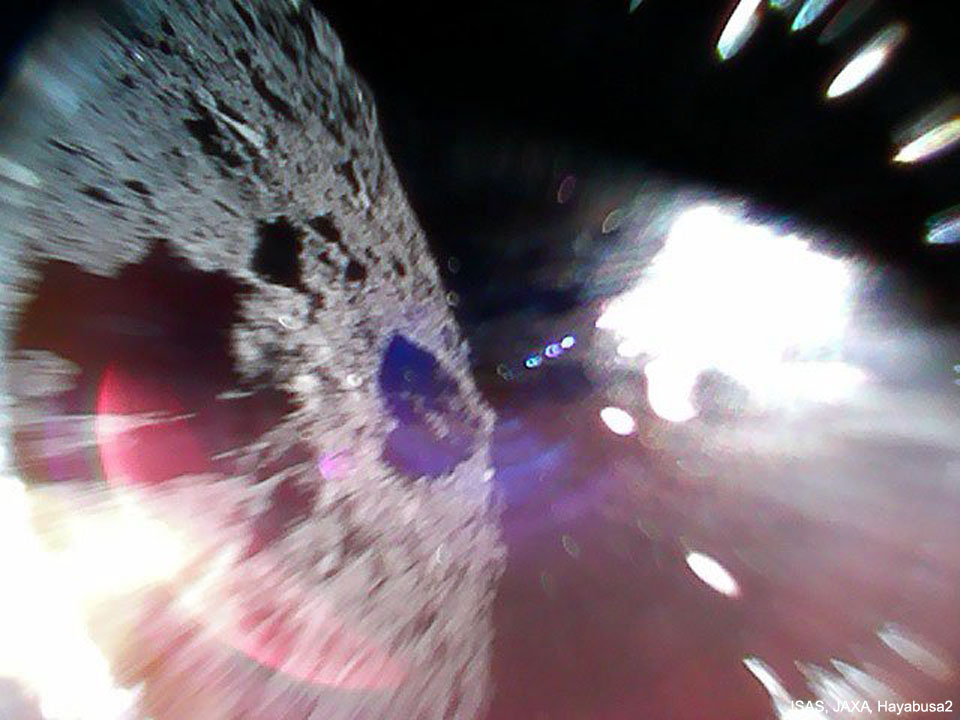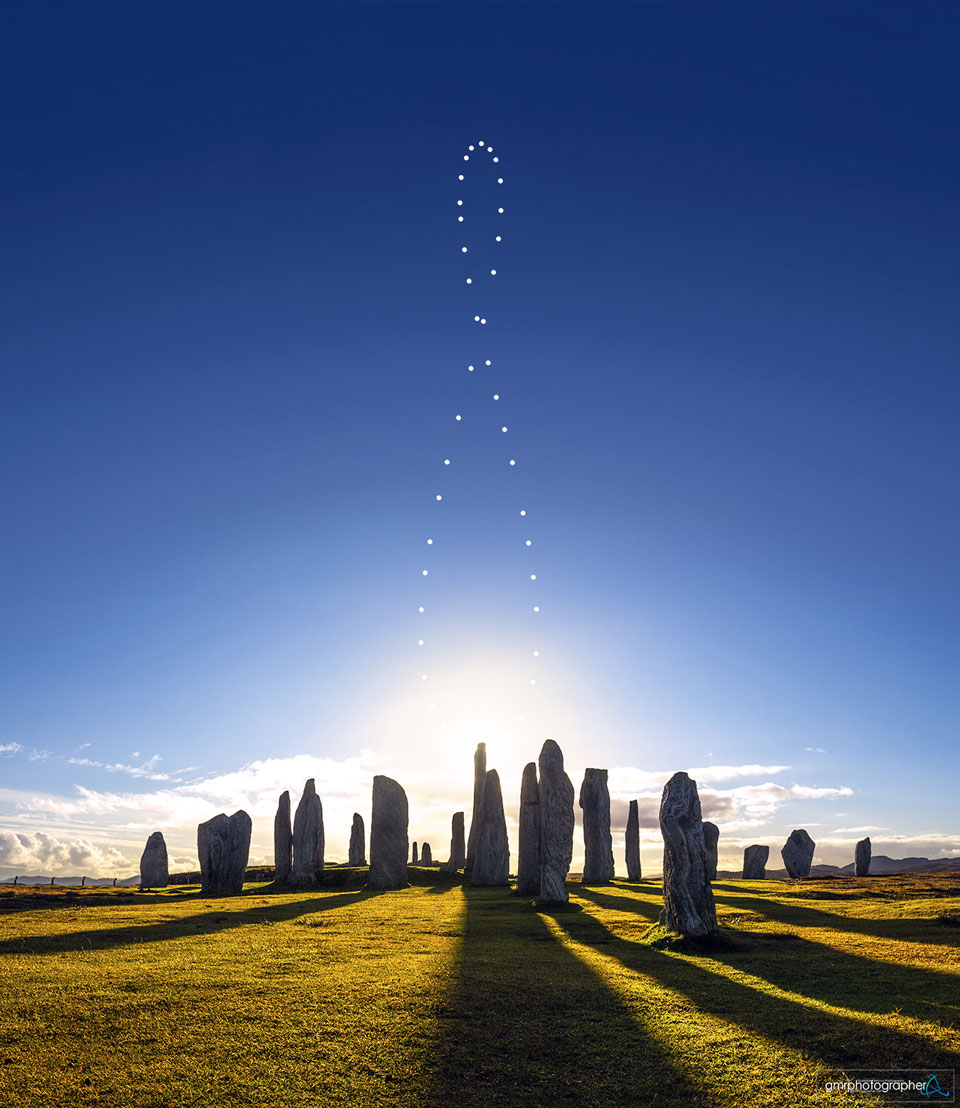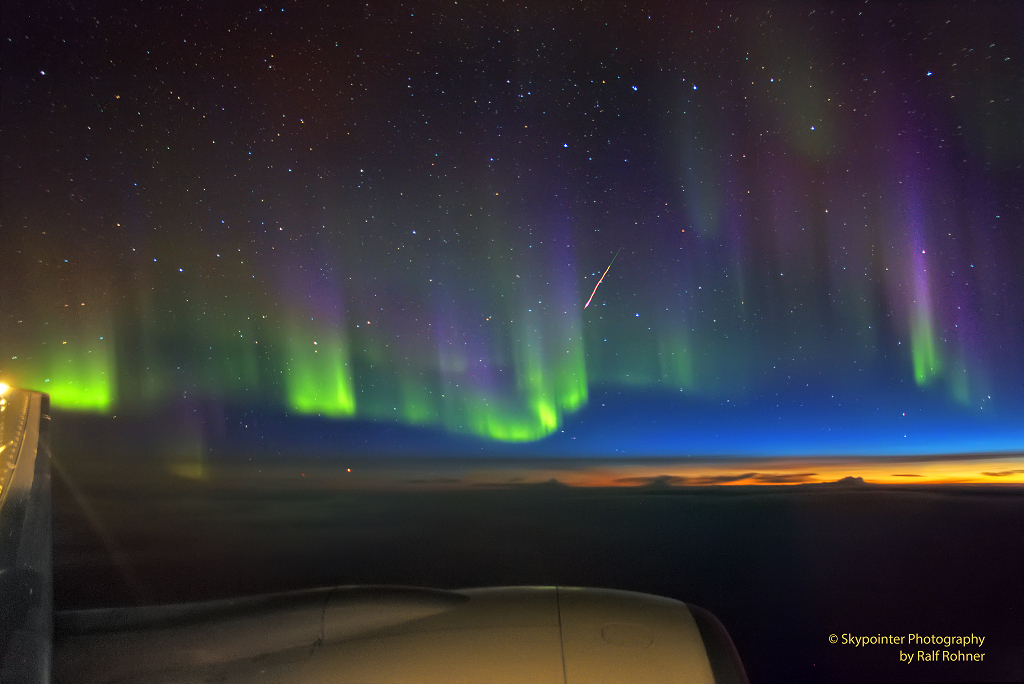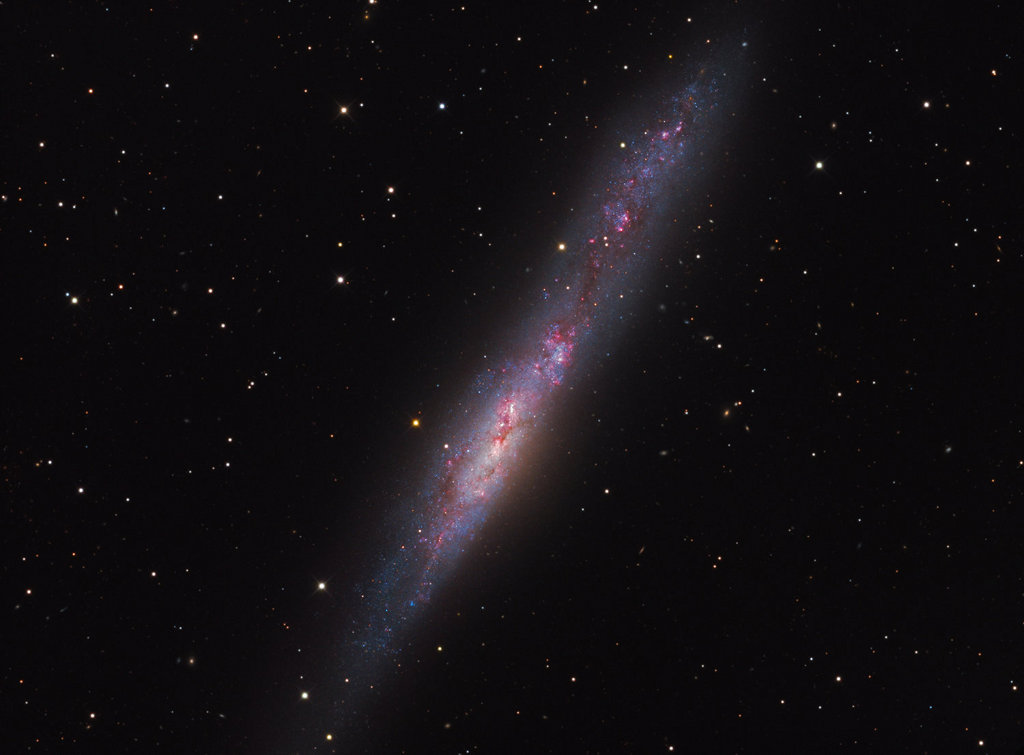
Rover 1A Hops on Asteroid Ryugu




Medical students from The University of Texas Health Sciences Center (UTHealth) in Houston will speak with an astronaut aboard the International Space Station next week.
from NASA https://ift.tt/2zmy5Du
via IFTTT![]()

Delayed due to inclement weather, the Japan Aerospace Exploration Agency (JAXA) now is targeting 1:52 p.m. EDT Saturday, Sept. 22 (2:52 a.m. Sept. 23 in Japan), for the launch of its unpiloted H-II Transfer Vehicle-7 (HTV-7) cargo spacecraft.
from NASA https://ift.tt/2Dj5HG7
via IFTTT![]()
Experts from NASA will preview two upcoming spacewalks outside the International Space Station to continue upgrades to the orbiting laboratory’s power system in a briefing at 2 p.m. EDT Thursday, Sept. 27, at the agency’s Johnson Space Center in Houston.
from NASA https://ift.tt/2ODh5Og
via IFTTT![]()